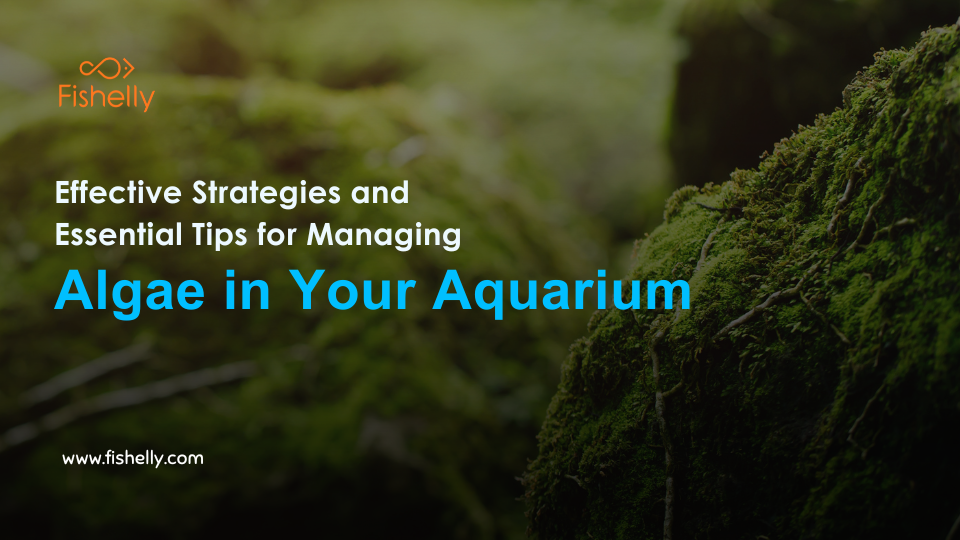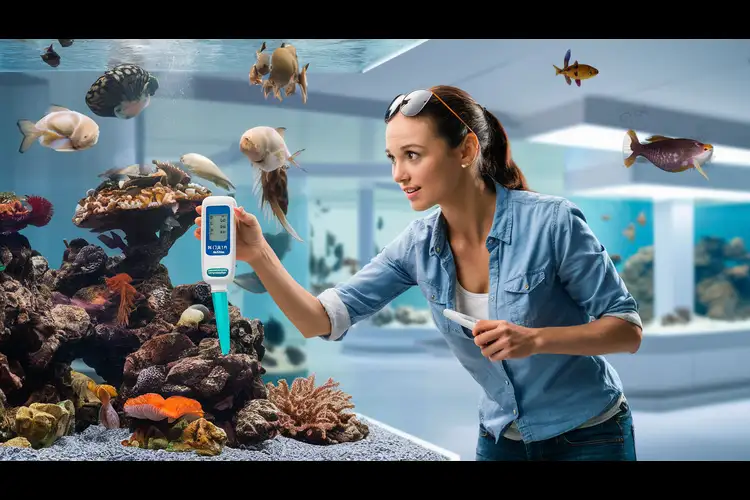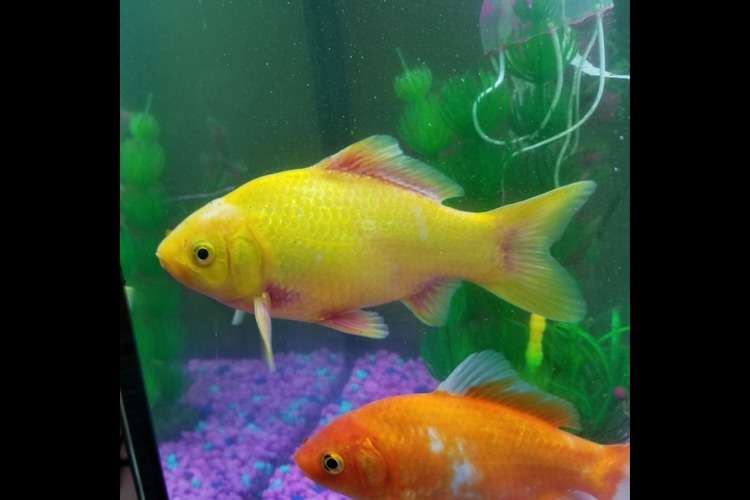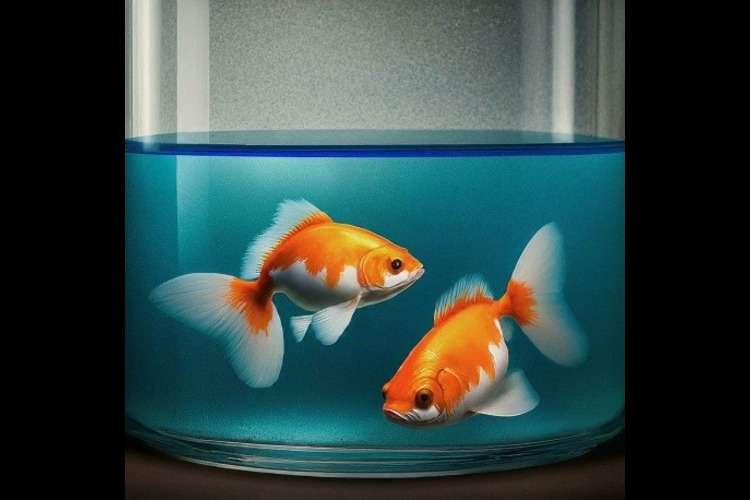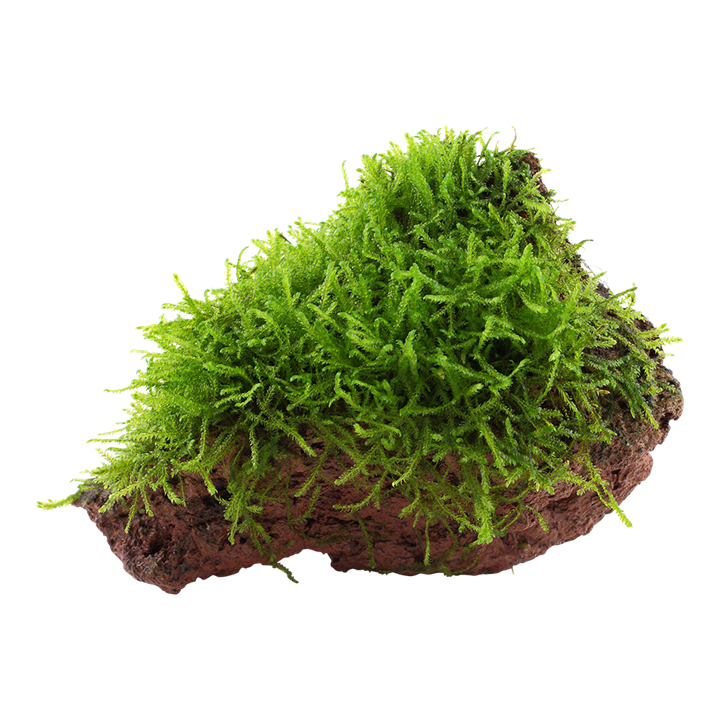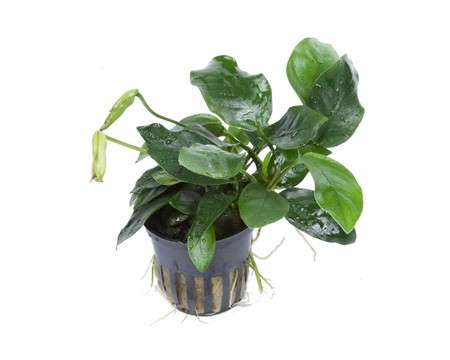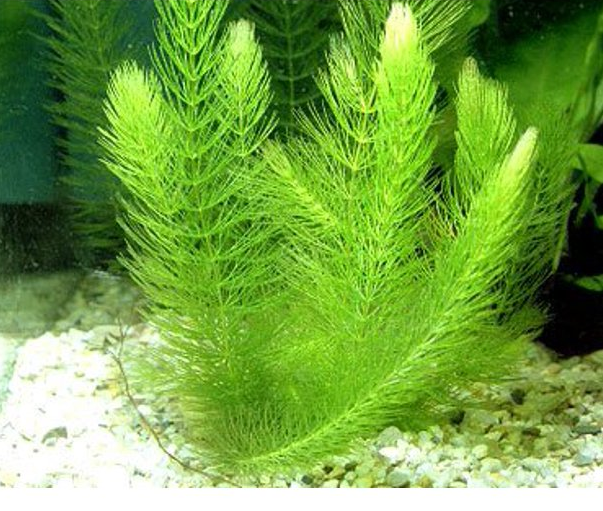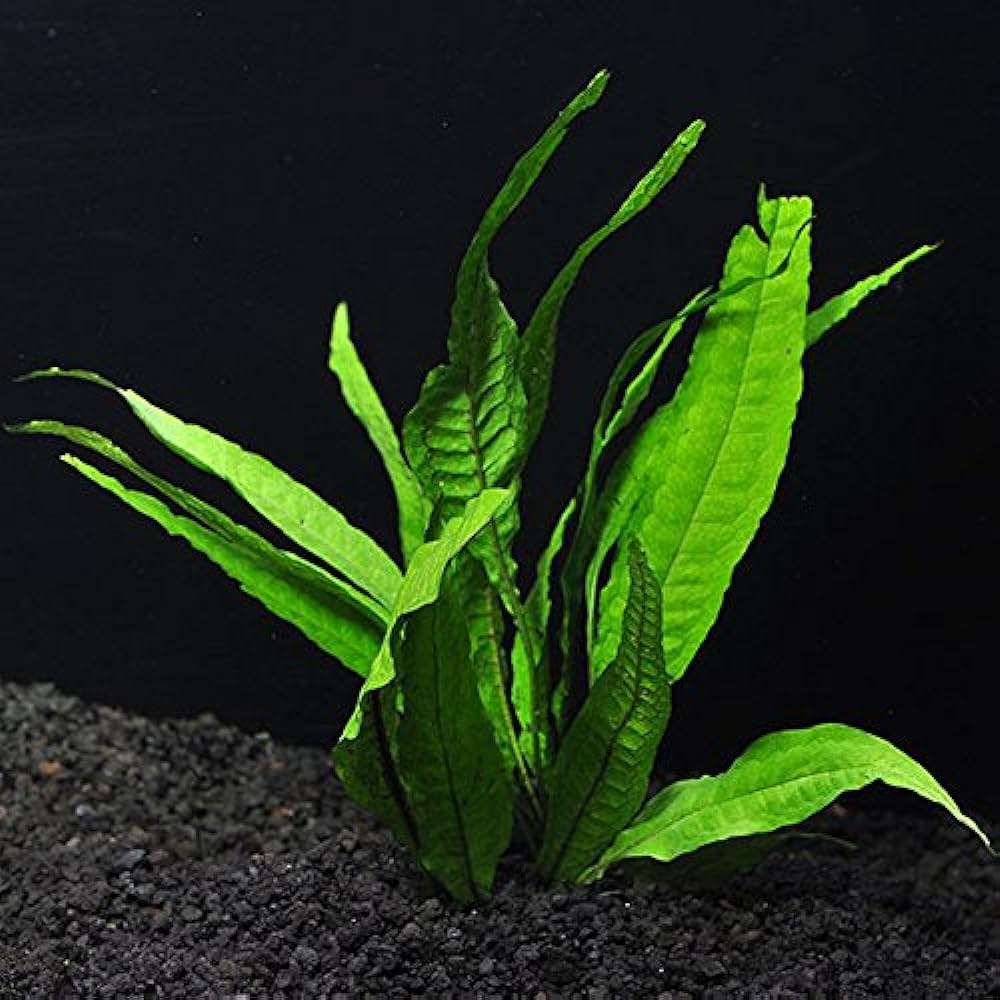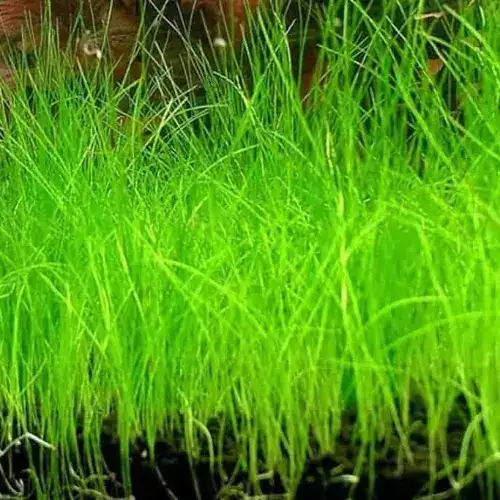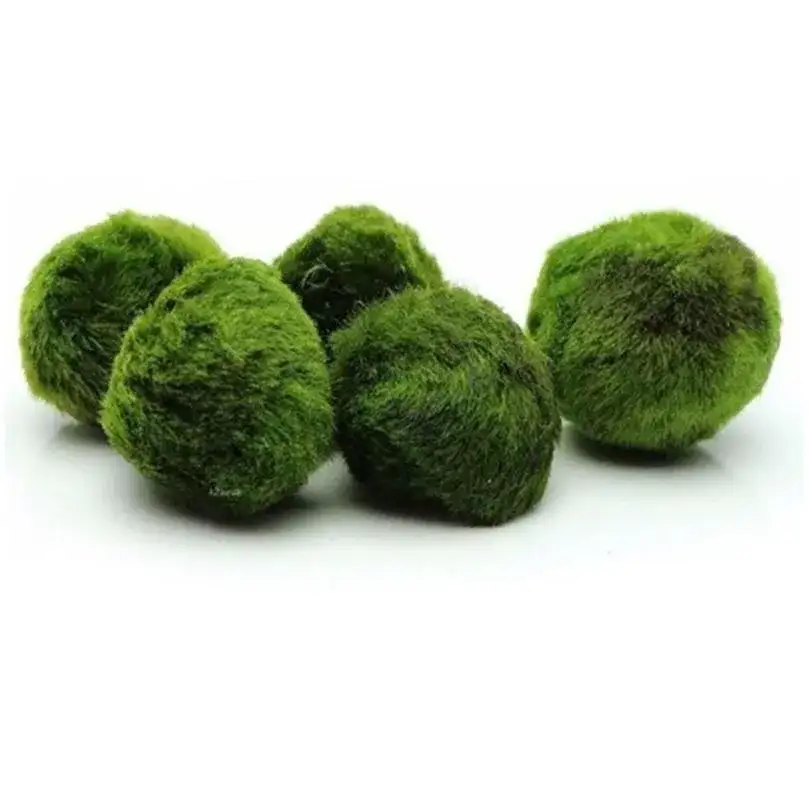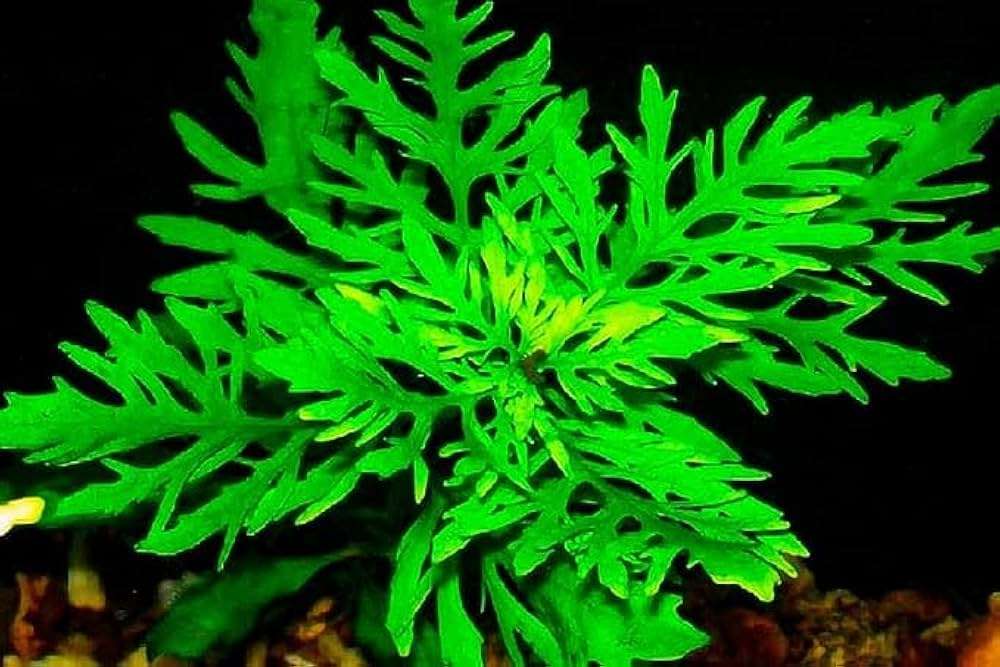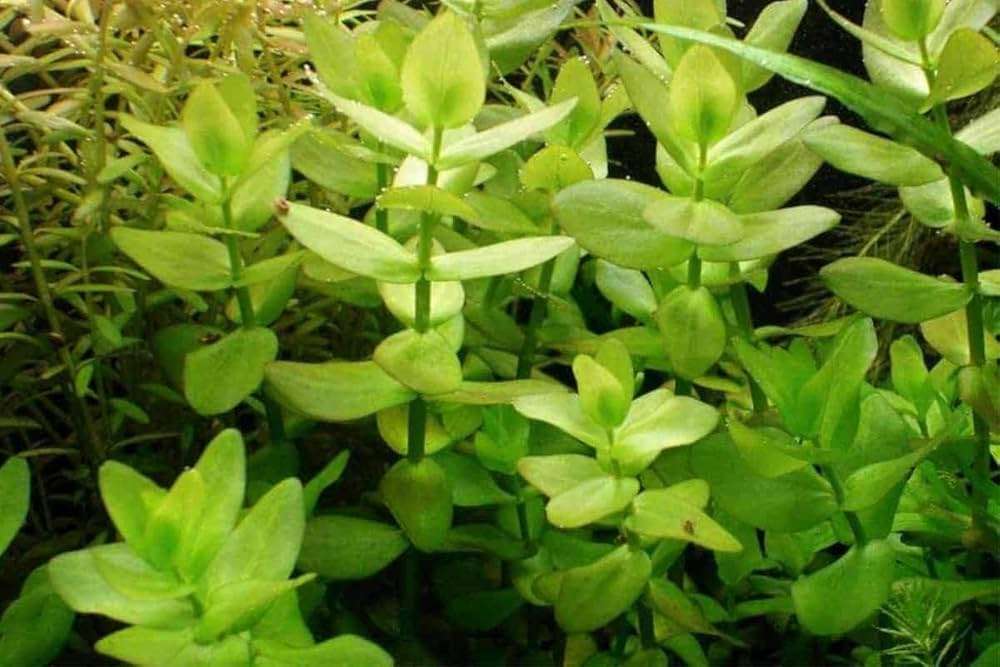Effective Strategies and Essential Tips for Managing Algae in Your Aquarium
Maintaining a beautiful aquarium can be challenging when algae threaten its appeal. Discover effective strategies to manage algae growth and keep your freshwater fish and plants healthy.
Table of Contents
- Control Light Exposure
- Maintain Good Water Quality
- Optimize Nutrient Levels
- Add Live Plants
- Add Algae-Eating Organisms
- Physical Removal
- Not Overfeeding
- Extra Tips
- Frequently Asked Questions on Reducing Algae Growth in the Aquarium
- Conclusion
Control Light Exposure
Limit Lighting Duration Overexposure to light is one of the main causes for algae growth. Most fish tanks require 8 to 10 hours of light per day. This emulates the natural daylight cycle and holds everything at a balance. A timer may help you maintain the lighting schedule in your live fish and plants without aiding the growth of algae.
Choose the Right Lighting Install aquarium lights that would encourage plant growth without allowing algae to grow excessively. Full spectrum LED light, for example, is highly efficient and one of the best options for both the plants and tropical fish, but be careful not to be too strong. You can then choose to illuminate with lights having an adjustable setting or spectrums that stimulate healthy plant growth while controlling excessive algae.
Optimize Nutrient Levels
Monitor Fertilizer Use Excess nutrients, particularly nitrates and phosphates, can encourage the excessive growth of algae. You will find these nutrients entering your tank usually through uneaten food, fish waste, or fertilizers. Use fertilizers with caution, especially when it's necessary for your fish for a pet. Most tropical fish are sensitive to the amounts of fertilizer that you add to the tank. Monitor the amount of nutrients your plants need and how it changes over time to modify its fertilizer addition. Frequent partial changes to the water, usually about 10-20% weekly, help remove excess nutrients and waste products. This not only prevents algae blooms but also promotes better overall water quality. Change water while trying to siphon out debris from the substrate; this tends to harbour algae spores and excess nutrients.
Maintain Good Water Quality
Test Your Water Regular testing for ammonia, nitrites, nitrates, and phosphates will help you monitor your water quality. Most pet stores sell inexpensive testing kits. Maintain these in equilibrium to maintain a balanced home aquarium ecosystem. Work to get the nitrate level down below 20 ppm and the phosphates below 0.5 ppm to limit algae formation. Use Quality Filter Investment in a reliable filtration system in your aquarium fish tank is necessary to ensure you maintain clear water. A filter will remove debris and cut back on the buildup of harmful substances. Using a filter with both mechanical and biological filtration will enable proper waste and nutrient management in your fish tank.
Add Live Plants
Plant More Vegetation Live plants compete with algae for nutrients and light, thus making them a natural defense against algae growth. By increasing the number of plants in your aquarium, you can effectively restrain algae growth while enhancing the aesthetic value of your fish tank. Select plants that favor conditions existing in your tank (light, temperature, and pH).
Select Fast-Growing Plants Insert fast-growing species such as hornwort, anacharis, or water sprite. These will all outcompete algae for resources. Other plants like duckweed float on top, shading the tank, which naturally reduces light penetration to the substrate and further suppresses algal growth.
Add Algae-Eating Organisms
Insert a Clean-Up Crew Introduce algae-eating fish types or invertebrates. Examples of these kinds of species include Siamese algae eaters, otocinclus, and some snails, such as nerite snails. These will keep the algae under control. Research the specifics of each type of fish; the behavior and feeding habits vary, so select fish species suitable for your aquarium setup. Ensure Compatibility Before introducing new occupants, make sure to research their compatibility with your existing aquarium fish. Some algae eaters can be very territorial; others may not tolerate the conditions of certain waters. Ensure they can all live harmoniously in your tank environment.
Physical Removal
Scrape Away Algae Regularly scrape algae off the glass and decorations using an aquarium-safe scrubber. This will not remove all of the algae, but it will certainly help keep that algae growth in check. Make this a part of your routine for the maintenance of your aquarium fish to keep them looking absolutely fabulous.
Vacuum the Substrate Siphon or vacuum the substrate when changing water. This eliminates organic waste that leads to algal growth. Do this thoroughly, yet gently, to avoid dislodging beneficial bacteria that stay in the substrate.
Not Overfeeding
Feed Sparingly Overfeeding your fish tank fish causes excess waste and nutrients in the water that fuel algae growth. Feed your freshwater fish only what they can consume in a few minutes, and remove any uneaten food immediately. This helps control algae and enhances the health conditions for your freshwater fish.
Extra Tips
Use Algae Inhibitors In certain cases, you may need to resort to commercial algae inhibitors. These can effectively keep algae under control in your best aquarium for fish, but use them only as a last resort. Overuse can upset the natural balance of your aquarium.
Adjust Water Temperature Keep your aquarium at an appropriate temperature for the species of fish and plants in your tank. Water heats up quickly and often encourages algae growth, so maintain the ideal range for its occupants. Be Observant and Patient Algae growth can change based on many factors. Be patient and observe your aquarium. The sooner you identify algae problems, the quicker you can address them.
FAQs
1. Why do algae grow in my aquarium?
Excess nutrients (nitrates, phosphates) and organic waste from uneaten food promote algae blooms.
2. What amount of light is too much for the aquarium?
Aquariums need 8-10 hours of light daily. Too much light encourages algae growth.
3. What types of plants help reduce algae?
Fast-growing plants like hornwort, anacharis, and water sprite compete with algae for nutrients and light.
4. Are there any fish that control algae growth?
Yes, algae-eating fish types like Siamese algae eaters, otocinclus, and nerite snails can help.
5. How often should I do water changes?
Change 10-20% of the water weekly to remove excess nutrients and improve water quality.
6. Is it safe to use chemical algae inhibitors?
Use them as a last resort; they can disrupt the balance of your aquarium.
7. How do I check the quality of my water?
Use water testing kits available at pet stores to monitor ammonia, nitrites, nitrates, and phosphates.
8. What should I do if I see algae growing on the walls of my aquarium?
Clean it off with an aquarium-safe scrubber regularly.
9. Does overfeeding fish promote algae growth?
Yes, overfeeding increases waste and nutrients, fueling algae growth. Feed only what fish can consume in a few minutes.
10. What filtration system is best for preventing algae?
A filtration system with both mechanical and biological filtration is ideal.
11. What does an algae bloom look like in my aquarium?
Look for cloudy water, green/brown films on walls, and overgrowth on plants or decorations.
12. Is algae ever helpful to my aquarium?
Yes, some algae provide food for certain fish and invertebrates and are part of the ecosystem.
13. How long does it take to see algae management efforts pay off?
Changes can be seen within weeks after adjustments like light duration and water changes.
14. What would be the symptoms that your algae-eaters are not doing well?
Signs include emaciation, lethargy, or behavioral changes, indicating stress or unsuitable conditions.
15. Can algae growth indicate other problems in my aquarium?
Yes, it can signal poor water quality, overfeeding, or an ecosystem imbalance that needs addressing.
